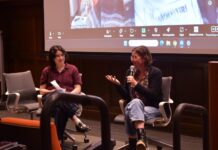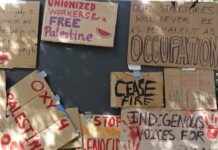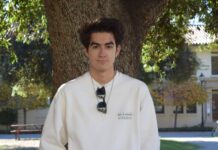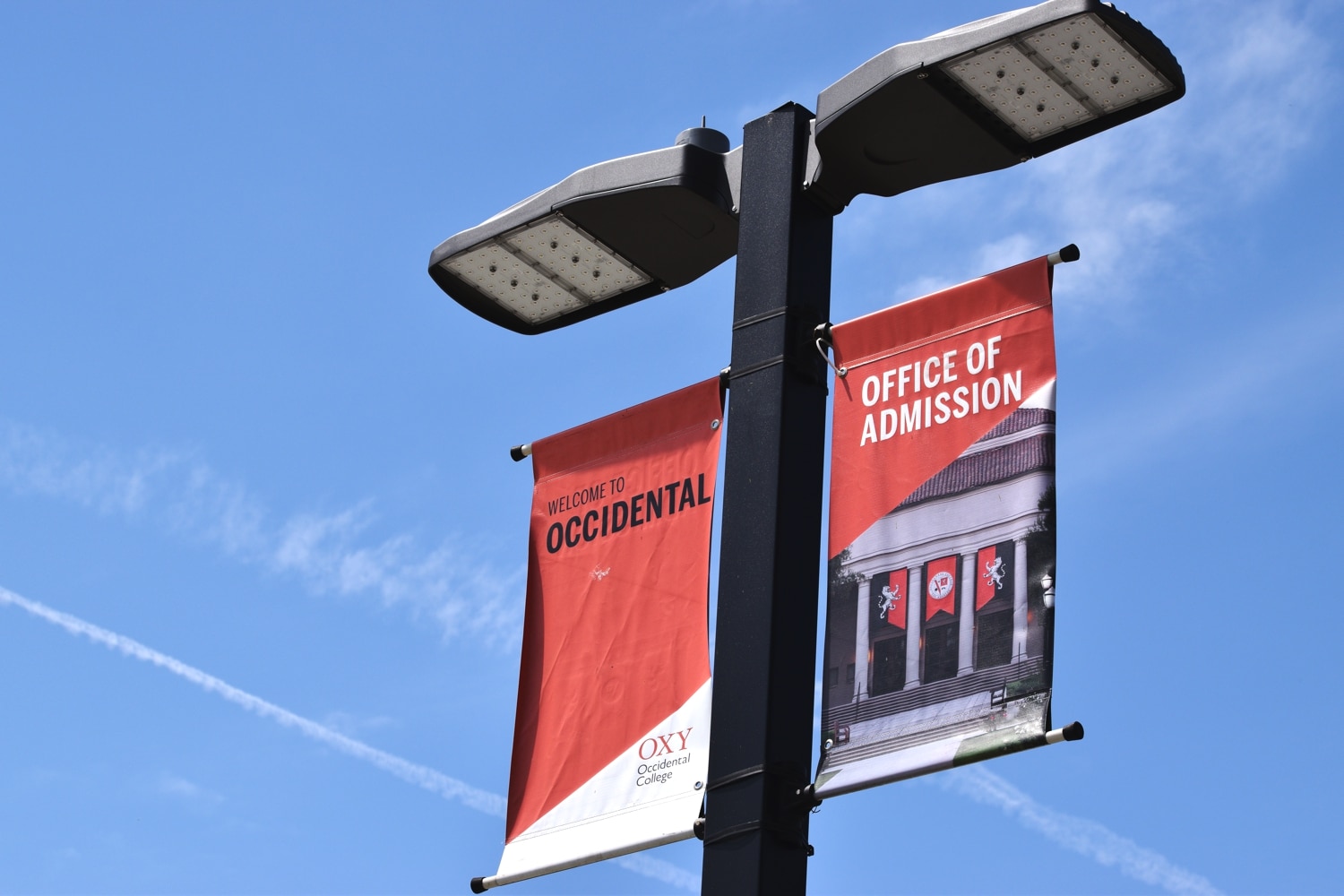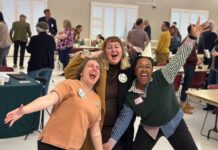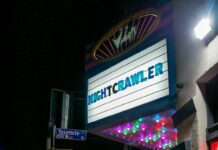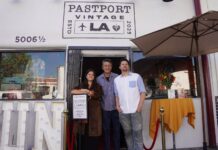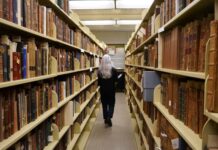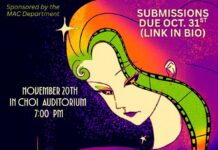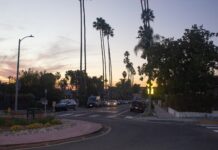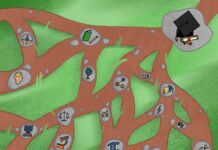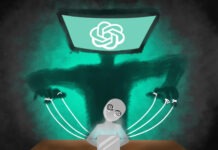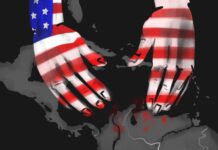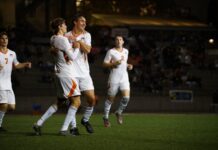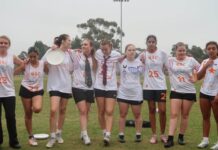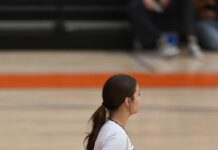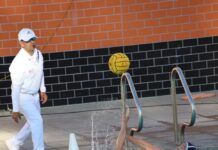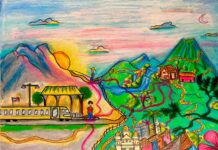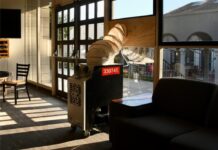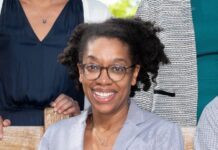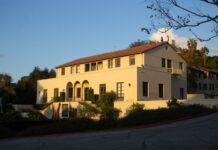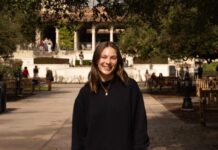Members of the Occidental community and professional architects, writers and art curators gathered in Choi Auditorium Thursday to attend the kick-off event of the Third Los Angeles project—an exploration of the cultural, political and structural changes influencing LA’s evolution.
Developed by Urban and Environmental Policy (UEP) Professor Christopher Hawthorne, the project encompasses five free events, including lectures and discussions, that are open to the general public. Thursday’s event gathered experts in various fields to comment on Hawthorne’s idea of the Third Los Angeles, a term he coined to describe the city’s future.
Hawthorne opened the event by outlining his concept of the Third Los Angeles and encouraging discussion from experts and audience participants alike. He described the Third Los Angeles as one that is characterized by efforts to move away from car culture and to make public spaces more accessible, as well as continuing to grapple with immigration conflicts and climate change. By inviting outside professional perspectives to participate in the series, Hawthorne hopes to test, revise and strengthen his vision.
“Once I had the framework I really just wanted to invite people who could talk about this in a range of ways,” Hawthorne said. “I’m an architecture critic. I write about the built environment, but I touch on all the things that these people work on, so I write about history, transportation, planning, mobility and all those things.”
Bill Deverell, history professor and director of Huntington-USC, then co-moderated a public discussion with Hawthorne on the political shifts that have occurred throughout LA’s history, including its ongoing oligarchic nature and the “white-washing” of the city.
Award-winning LA Times journalist Linnel George read a personal essay accompanied by a slideshow of photos she had taken of the city. Her piece explored her feelings of disconnection with LA from a native’s perspective.
Alissa Walker, the urbanism editor at Gizmodo and a self-proclaimed walker of the city’s streets, spoke momentarily about the lack of access to the Hollywood sign, despite it being located next to a public trail.
“The restrictions to the Hollywood sign are exactly what [Hawthorne] has been explaining as the friction between Los Angeles as a private space and a public space,” Walker said.
To close the presentation, Hawthorne led a panel with UEP Professor Mark Vallianatos, REDCAT Gallery Director Ruth Estevez and Professor of Architecture and Design at University of California, Los Angeles Dana Cuff to discuss how LA should be reconstructed in the future.
The Third Los Angeles project runs concurrently with a 300-level UEP course—Architecture and the Built Los Angeles Environment—taught by Hawthorne this semester at Occidental. His students learn about these topics in class and help put on future Third Los Angeles events, in addition to engaging directly with the city.
“I didn’t really know what I was getting myself into,” Grace Hancock (junior) said. “But I think Professor Hawthorne is so passionate and interesting and it makes it so fun. I never get to go into Los Angeles for other classes. We are actually having our classes held in some of the buildings we are learning about.”
According to Vice President for Strategic Initiatives Brett Schraeder, the course and the project aim to establish Occidental as a strong academic presence in the greater Los Angeles community.
“The short-term goal is to plant a flag within the city of Los Angeles and to establish some ownership in the intellectual place in the city,” Schraeder said. “In the long term, this is the first step in a bigger plan to engage in the city.”
![]()


